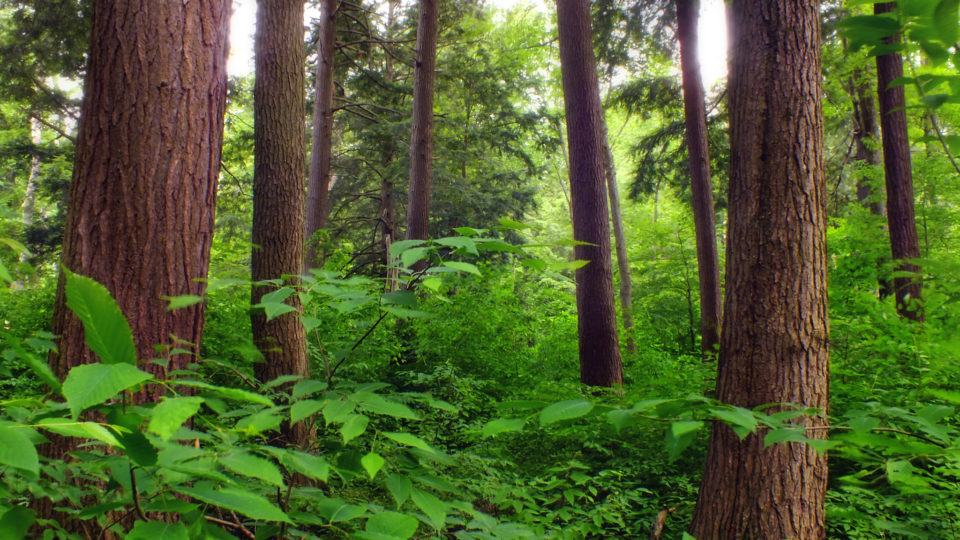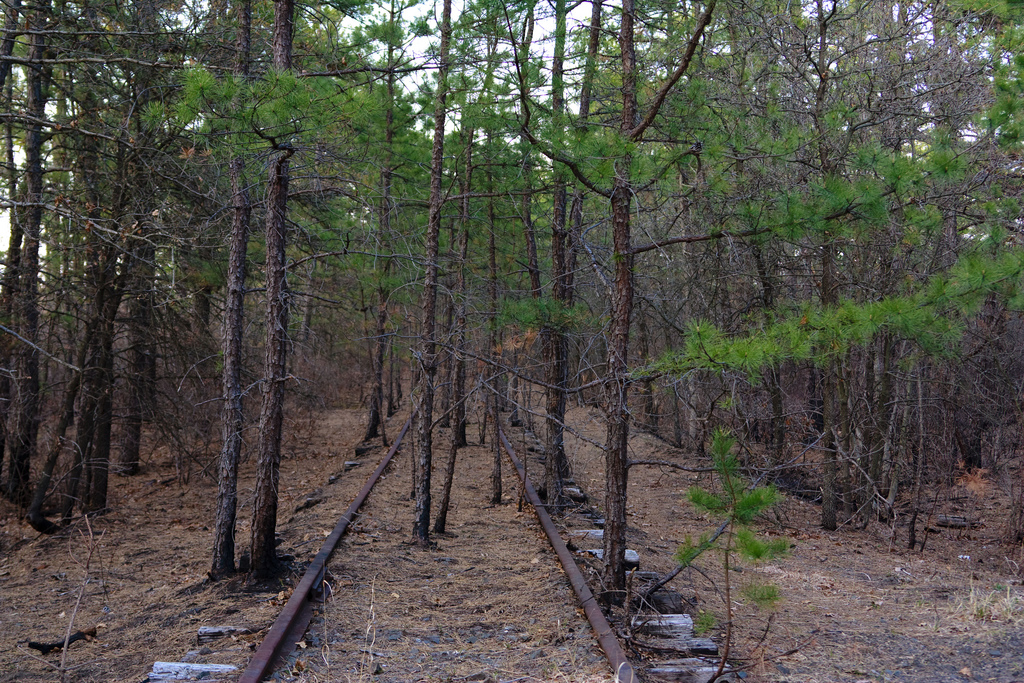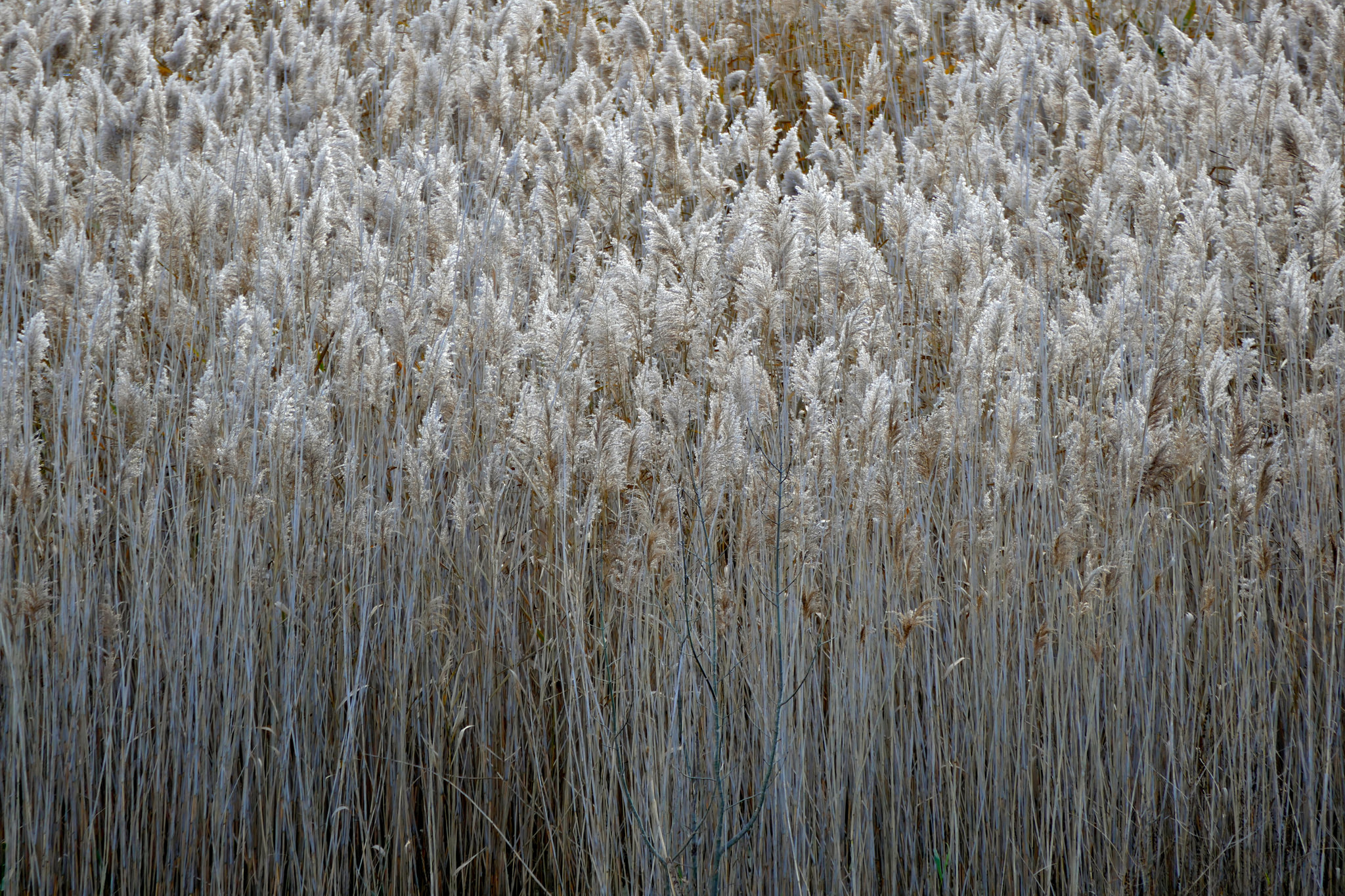wetlands
Pine Barrens Threatened
Pine barrens occur throughout the northeastern U.S. from New Jersey to Maine. They are plant communities that occur on dry, acidic, infertile soils dominated by grasses, forbs, low shrubs, and small to medium-sized pines. The Pine Bush Preserve in Albany, New York is one of the larger inland pine barrens in the country.
Restoring Sediment To Save Wetlands
The world’s rivers carry billions of cubic yards of sediment – sand, silt and other material – and transport it to wetlands and coastal areas. Until fairly recently, this was viewed as a negative thing. But that has changed.
Dams And The Environment
There are an estimated 84,000 dams in the United States which impound 600,000 miles of river, or about 17% of the rivers in the country. Within the next 15 years, more than 90% of the world’s rivers will be fragmented by at least one dam.
A Helpful Invader
Invasive species are a great concern for the health and stability of ecosystems. They are defined as plants, animals or pathogens that are non-native to the ecosystem under consideration and whose introduction causes or is likely to cause harm. It is that latter consideration that isn’t always obvious.
The Methane Riddle
Most of the blame for climate change has been placed on the growing levels of carbon dioxide in the atmosphere, but methane also plays a major role. Estimates are that about 1/5 of greenhouse effect warming is caused by methane in the atmosphere. There is far less of it than carbon dioxide, but methane is tremendously more effective at trapping heat.
Less Sulfur In The Soil
Acid rain is rain containing high levels of nitric and sulfuric acids. The main culprit for it is the burning of fossil fuels, particularly coal-burning power plants. The most serious effect of acid rain is the creation of toxicity in lakes, wetlands and other aquatic environments, doing great harm to a wide range of aquatic animals.
Road Salt
Snow season is here. The chances are good you’ll find yourself behind a truck spreading salt on the roads in an attempt to deice them. You may even try a little salt on your own front porch. Annually we spread about 20 million tons of road salt in the U.S., and we’ve been doing it since the late 1930s.







